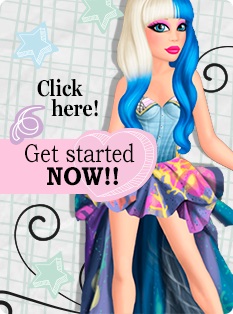International Day of Solidarity with the Palestinian People
The International Day of Solidarity with the Palestinian People is observed on November 29th each year. It aims to raise awareness about the ongoing situation in the Palestinian territories and express international support for the Palestinian people's right to self-determination.
The day was established by the United Nations General Assembly in 1977 and is marked with various events, including meetings, discussions, and cultural activities. It serves as a reminder of the need for a peaceful resolution to the Israeli-Palestinian conflict and the creation of an independent Palestinian state. The date, November 29th, was chosen to commemorate the UN General Assembly's adoption of the resolution on the partition of Palestine in 1947.
Nakba 1948
The term "Nakba" in Arabic means "catastrophe," and it specifically refers to the events surrounding the establishment of the state of Israel in 1948. The Nakba took place during the Arab-Israeli war of 1948-1949 and resulted in the displacement of hundreds of thousands of Palestinians from their homes. Many Palestinians view the Nakba as a profound historical tragedy, marking the loss of their land, homes, and the disruption of their communities.
The Nakba is a central and emotionally charged theme in Palestinian history and identity, commemorated annually on May 15th. It symbolizes the collective memory of displacement and the ongoing Palestinian refugee crisis, contributing to the complexities of the Israeli-Palestinian conflict.
Keffiyeh
The Keffiyeh is a traditional Middle Eastern headdress characterized by its distinctive checkered pattern, usually in black and white or blue and white. It is a square-shaped scarf, typically made of cotton, and has a long history in the Arab world. The keffiyeh is commonly worn by people in the Arab region as a symbol of cultural identity and solidarity.
While it has deep cultural roots, the keffiyeh has also become a symbol associated with Palestinian nationalism and solidarity. Its distinctive pattern has been adopted globally as a statement of support for the Palestinian cause. Over time, it has gained recognition beyond its traditional cultural context and is sometimes worn as a fashion accessory.
How to wear it:
Wearing a keffiyeh traditionally involves a specific folding and wrapping technique. Here's a simple way to wear it:
1. Square Shape: Ensure that your keffiyeh is a square. If it's rectangular, fold it diagonally to form a triangle.
2. Placement: Center the folded edge of the keffiyeh at the front of your throat, with the two loose ends hanging down on either side.
3. Equal Lengths: Make sure both ends are of equal length. Adjust the triangle as needed.
4. Wrap Around: Take the two loose ends and cross them behind your head, bringing them to the front again.
5. Adjustment: Adjust the tightness of the wrap and make sure the ends are roughly equal in length.
6. Tuck or Drape: You can either tuck the ends into your clothing or let them hang loosely depending on your preference.
This is a basic method, and there are variations in how people choose to wear the keffiyeh. Additionally, the way it's worn can carry cultural or regional significance. Keep in mind that the keffiyeh has cultural and political symbolism, so it's advisable to be aware of its meaning and context when wearing it.
We also prepared a goCode for you. Solidarity with Palestine
It will expire tomorrow at 23:00.
Make sure to use it in a respectful way and be mindful of its significance.
Educate yourself
If you want to learn more and educate yourself about this important topic, here are some resources of documentaries and books we collected:
• Tears of Gaza (2010) Documentary
• The Hundred Years' War on Palestine by Rashid Khalidi
• The Ethnic Cleansing of Palestine by Ilan Pappé
• Zionist Colonialism in Palestine by Fayez A. Sayegh
• The occupation of Palestine: A short history
Resources on instagram:
How can I help?
In addition to donating, you can get involved in different areas. This can be done by writing an email to politicians, supporting political campaigns, signing local petitions, boycotting brands and businesses supporting the genocide, making sure Palestinian voices are heard, sharing and reposting articles/links/resources/news coverage to spread awareness, and protesting for justice and peace.
Please note that the Israeli-Palestinian conflict is a complex and sensitive issue, and perspectives on it can vary. The information provided here is a brief overview and may not cover all aspects comprehensively.
With love,
The Inclusivity Group.
